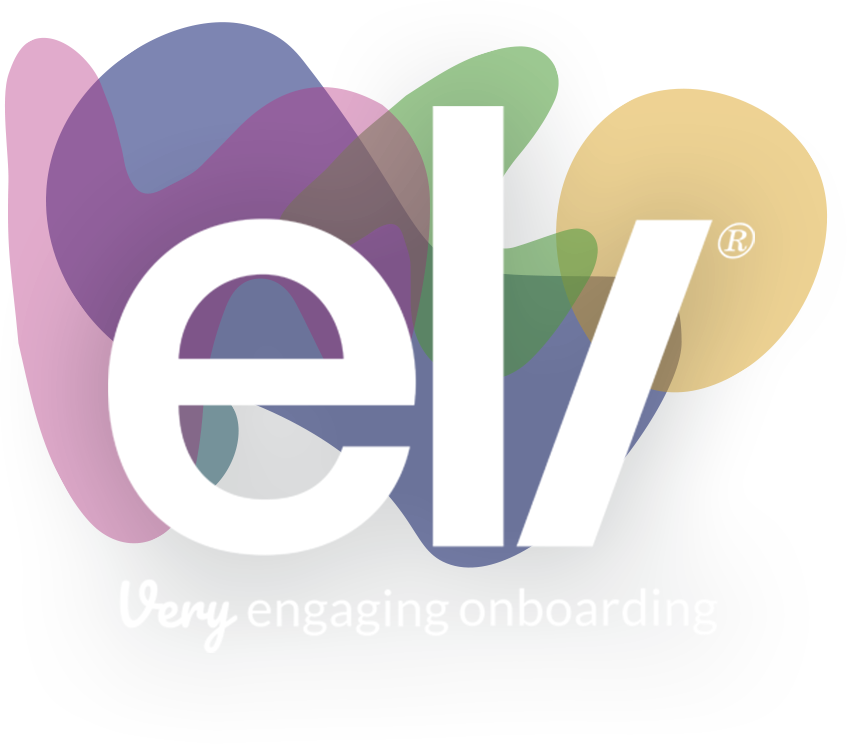Adapting your onboarding experience for different timeframes
 Published by Dave Netley 08/07/2024
Published by Dave Netley 08/07/2024
How to provide a consistent experience regardless of whether your new starter joins in two weeks or six months.
A quick Google search for best onboarding practices will throw up a host of material telling you what you should and shouldn’t do. Many of these, however, assume a period of between one and three months, from offer to the new employee starting in role. If our processes are built around similar assumptions, this can lead to inflexible practices when condensing or extending these to fit in with a new starter’s availability.
So, how can you overcome some of the issues that can arise from shorter or longer turnaround times, and still provide a quality onboarding (or pre-boarding) experience, from offer to day one? And, importantly, why should you bother?
Two of the key benefits of a consistent onboarding experience are reduced dropouts and higher engagement, post day one. Someone with availability within two weeks, for example, could be in a casual job, or out of work. We can assume they have sent out multiple applications, and are potentially getting more than one offer. It is easy to fall into the trap of removing the human element from the process, focusing too heavily on an internal tick box/compliance-led approach, rather than the individual joining the team, but that won’t help you build engagement, nor fight off other offers.
The reverse is also true. Complacency over longer notice periods can lead to a lack of contact, all stakeholders waiting until more regular processes kick in at the three-month mark. This can lead to uncertainty, especially if the candidate is unaware of how things are progressing.
Maintaining regular contact during a longer notice period can help overcome some of the issues which could arise within this time, such as counteroffers by their current or new companies, or various life events that make them rethink their decision. By starting the process, it enables us to give confidence to the candidate that they made the right decision, and can contact the company to discuss anything that might have an impact on their starting during this time.
It also pays to document “must haves” that are time-reliant and need to occur during pre-boarding. Pre-employment screening and IT requisition are two great examples, but just as important can be building in time for two-way communication between the new starter and their line manager, to ask questions and prepare for day one. Chances are you’ve got a list of must-haves specific to your industry or company.
The importance of documenting these is that we have a baseline of which to work from when deciding how to engage our new starters coming on board with 2 two weeks’ notice, or a much long six months’. Regardless, the process still requires personalisation, so consider the needs of the individual in your communication with them.
When dealing with the issues that can arise from these extremes, luckily, we don’t need to invest too much time in making them work.
For an individual starting within a couple of weeks, we can encourage hiring managers to ensure that some sort of communication occurs once per week as a light touch check-in. Reminders for any documents that need to be signed should be put in place and, once signed, these should automatically trigger other parts of your process too.
Let’s not forget that starting a new job can be stressful too, and when the date is so soon after the offer the candidate won’t have as much time to mentally prepare. By retaining the human element, you can still provide a fantastic experience .
For those very long notice periods, you can afford to be a bit more flexible. Given that in this scenario your new starter is very likely either a senior or extremely specialist person in their field, you can engage with them early on to find out what works for them.
A monthly check-in call might be a little too much at the beginning, as might a team meet and greet. But by offering options for the first few months that enable the new starter to choose, you can be sure to open the doors to any questions that may arise during that time.
Even a timely check-in email from the line manager can maintain an acceptable level of engagement considering the time period until they start.
Another great way to keep in touch is through a company newsletter (that’s accessible externally). This can quickly allow new hires to see what’s going on, so they feel more connected to the business during pre-boarding. This way, once they get to within three-months of their start date, you can pick up the regular process you have in place, and you already have an engaged person who’s looking forward to starting with you.
Of course, technology is the great enabler here, allowing you to define different onboarding journeys for new hires, depending on the length of time to start date. So, if you’re on gardening leave for six months, you’ll follow a very different path to someone starting in two weeks. The right technology can also ensure, your onboarding process and everything that needs to happen in it (compliance or otherwise), happens on time every time, through regular nudges, check-ins and automation (for the new hire, their line manager, or others involved in the process).
Even when you have the smoothest running processes in place, anything that occurs outside the norm can throw a spanner in the works. But, with a little planning, you can be more confident in dealing with these challenges, and ensure every new starter has a fantastic onboarding experience.




